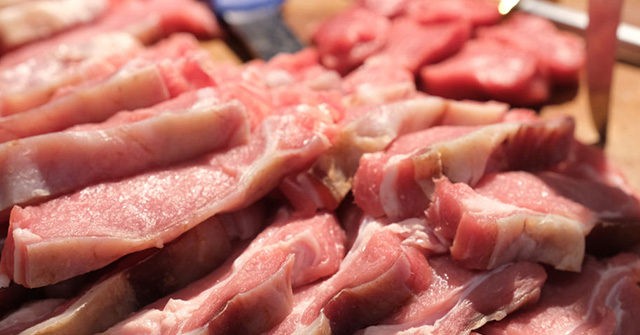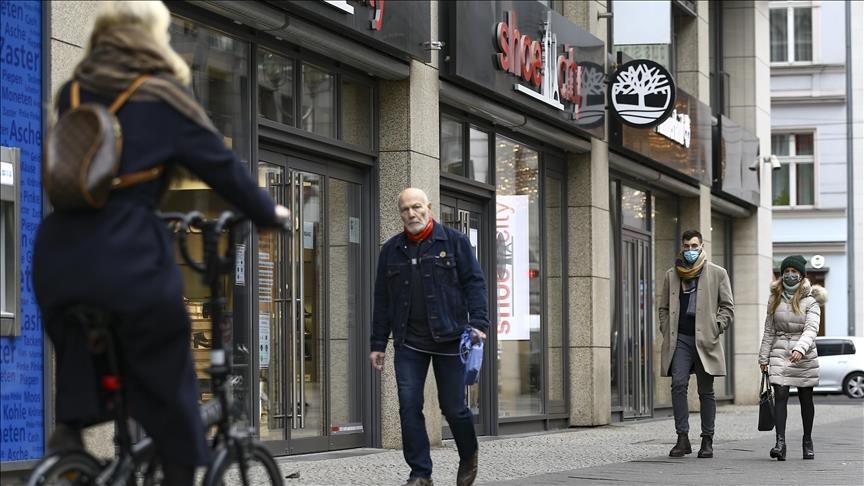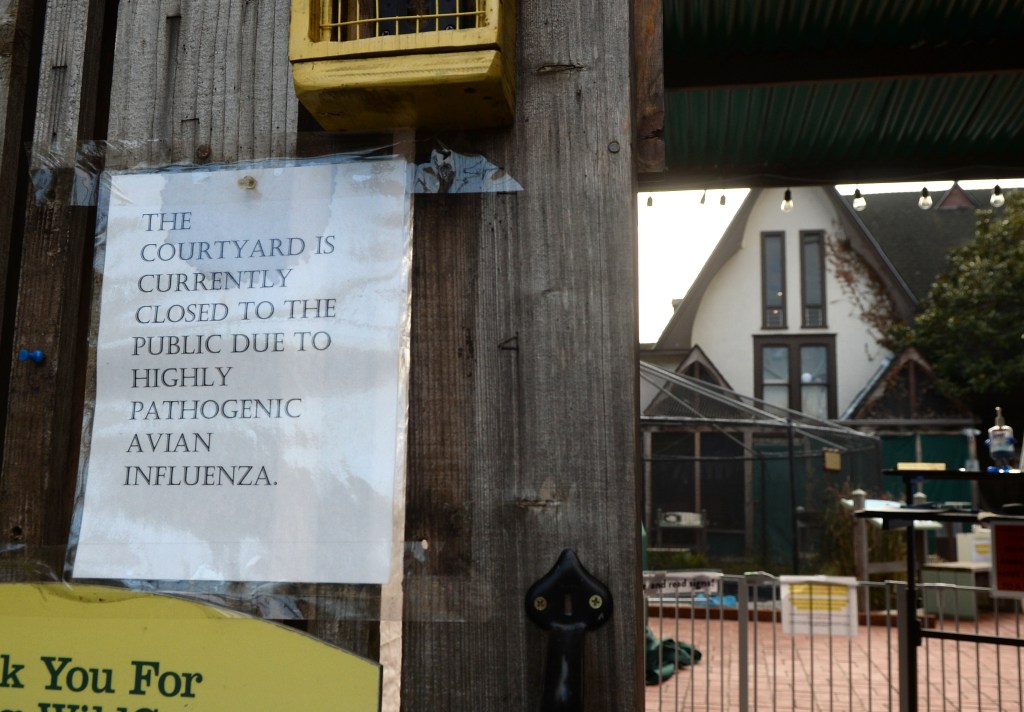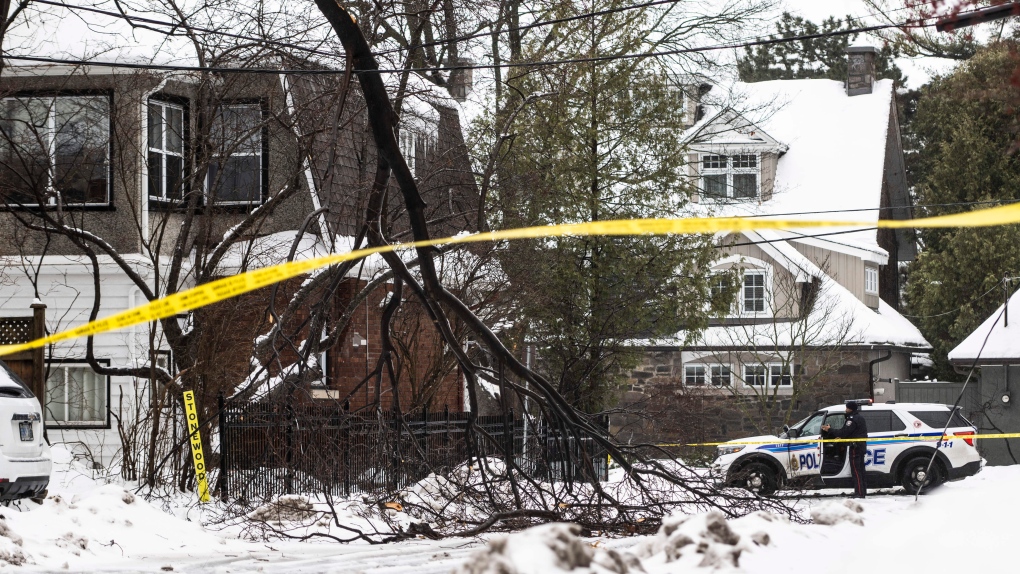More cases of a highly contagious and deadly strain of bird flu have been detected among Marin County wildlife, but local poultry farms have so far been spared from outbreaks that have ravaged flocks throughout the U.S. and the world.
“Which is a tremendous relief because poultry-related foods — birds and eggs — are Marin County’s second highest valued commodity,” said Scott Wise, Marin County’s assistant agricultural commissioner. “So not only is poultry a critical part of our local food supply, it is many people’s livelihood.”
After Marin’s
first case of the avian flu, known as H5N1, was confirmed in October, two more birds have come back with positive results while three more birds are being tested, according to local and state wildlife officials.
In California, there have been 229 confirmed cases, though the actual number of birds infected with H5N1 is likely significantly larger, said Krysta Rogers, an avian specialist with the California Department of Fish and Wildlife. Only birds that are found and sent to the department for lab testing are counted.
This particular strain of the virus is different from others in that it is highly contagious among wild bird populations rather than just domestic birds such as chickens, geese, and turkeys.
“I would say it’s really unprecedented and this is what is happening globally with this particular strain,” Rogers said. “The diversity of wild bird species potentially impacted and the number that are actually dying from infection is beyond what we’ve ever seen here in California.”
The virus spreads among whole flocks of birds through shared food and water, bird droppings or handlers carrying the virus on their clothing. Raptors and scavenger species also become infected when they eat other birds. In limited cases, the virus has also infected humans and other mammals, though it is nowhere near as deadly to them. Earlier this year, the U.S. confirmed its first human case of H5N1 infection.
Poultry farms have also been hit hard by the virus. If only one bird is infected, the U.S. Department of Agriculture requires the entire flock to be culled to prevent further spread. Nearly 58 million domestic birds across 47 states have died or have been culled as a result of the virus, according to federal data.
Local poultry farmers are on high alert as even a dropping from an infected wild bird flying over their farm could result in the loss of their entire flock.
“The only real way to combat the virus is to practice good biosecurity measures, such as keeping flocks indoors, sterilizing surfaces and equipment and limiting on-farm visitors that could have come into contact with wild birds,” Wise said. “As you can imagine, it’s quite an undertaking.”
The three cases of H5N1 in Marin were submitted by the WildCare animal hospital in San Rafael. The first case was discovered after a crossing guard in Corte Madera noticed a Canada goose wandering in the middle of an intersection and acting confused. In November, the hospital submitted two more birds — a great horned owl from Novato and a snow goose from San Rafael — that have tested positive in preliminary analysis by the state.
WildCare’s assistant director of animal care, Brittany Morse, said she has since submitted another five birds. All were showing similar symptoms of infection, including an inability to stand up, tremors and strange movements. In geese, the virus gives their eyes a purplish color, Morse said.
“This is the most contagious strain of avian influenza that’s affected wildlife in a very long time,” Morse said.
For wild bird populations, Rogers said there is not much that can be done to prevent the spread of the virus. However, residents can take steps to protect their backyard chickens and hens by sheltering them from exposure to other birds through physical contact, droppings and shared food and water sources.
How long the strain will continue to spread is unclear. In some countries, the virus has been prevalent for years.
“You tend to see a specific strain and then it subsides and then it may come back the next year,” Rogers said. “My feeling is this could continue for some time.”
More information about the bird flu and prevention tips can be found online at
bit.ly/3WfLxAR.






 Anyway. One baby lamb got ditched by her mama, so I became a foster mum. Cost of colostrum, milk replacement formula and 2 feeding bottles is bordering $60 at the local Tractor Supply store. Those are provisions for ONE lamb until it starts feeding on hay and granules.
Anyway. One baby lamb got ditched by her mama, so I became a foster mum. Cost of colostrum, milk replacement formula and 2 feeding bottles is bordering $60 at the local Tractor Supply store. Those are provisions for ONE lamb until it starts feeding on hay and granules.